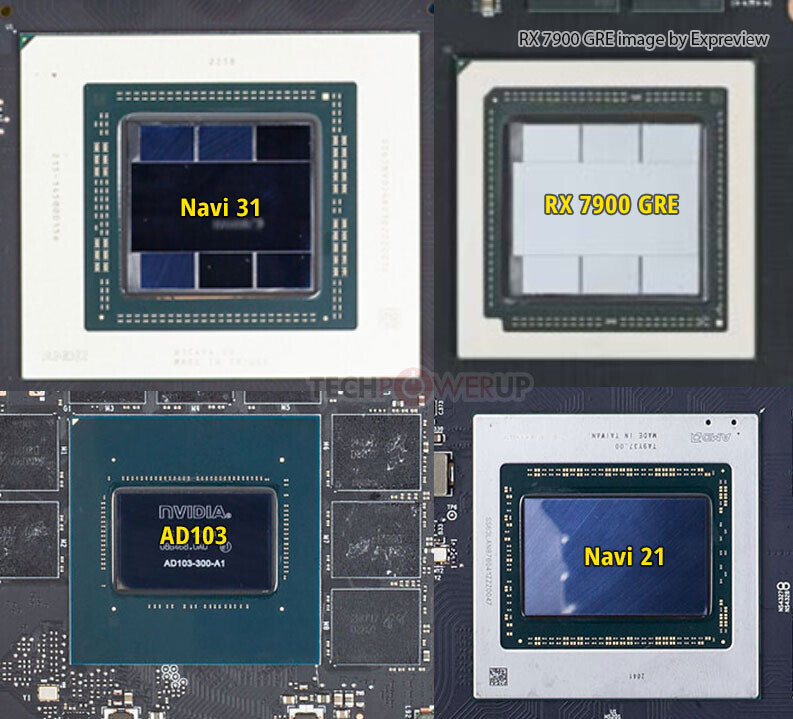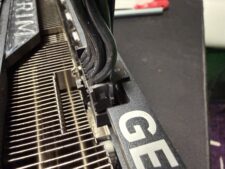AMD’s Navi 31 Could Land in Laptops in Radeon RX 7900 GRE Package
We have already reported that AMD’s Radeon RX 7900 GRE graphics card uses the company’s Navi 31 GPU in a smaller package. This compact package could cram AMD’s top-of-the-range graphics processor into laptops, hardware leaker Golden Pig Upgrade asserts. Meanwhile, the ultra-high-end mobile graphics solution could offer more stream processors than the Radeon RX 7900 GRE, one of the best graphics cards. Yet, a grain of salt is recommended since this is a leak.
AMD’s Radeon RX 7900 GRE has 5120 stream processors and a 256-bit memory interface enabled by four active memory controller die (full Navi 31 uses six MCDs and a 384-bit interface). Meanwhile, the compact version of the Navi 31 GPU with a 256-bit memory bus could be used to build an ultimate graphics solution for gaming laptops, as the unit certainly packs quite a punch.

The leaker asserts that the alleged Radeon RX 7900M XT could feature more active stream processors but admits that they do not know the exact number. Furthermore, the leaker claims that the unit is delayed for some reason.
AMD’s Radeon RX 7000M family of laptop GPUs currently includes four models based on the Navi 33 graphics processor, the smallest GPU in the RDNA 3 lineup. It is reasonable to expect AMD to use its Navi 32 silicon with up to 3840 stream processors for mid-range and high-end mobile GPUs as it is going to offer tangible performance advantages over AMD’s Radeon RX 6800M and 6850M XT products featuring Navi 22 GPU with 2560 stream processors enabled. Cramming a top-of-the-range graphics processor into laptops is something that AMD has not done in years. Still, since gaming laptops and compact desktops are gaining popularity, the company cannot ignore this market segment. That said, the company might use a cut-down Navi 31 to address advanced gaming machines.
Meanwhile, a big question is whether AMD’s multi-chiplet Navi 31 graphics processor is a good fit for mobile PCs. On the one hand, an underclocked undervolted Big Navi GPU with some of its 6144 stream processors disabled could be very energy efficient. On the other hand, a multi-chiplet design is, by definition, less energy efficient than a monolithic design in most cases.
For now, we have no idea about the combination of stream processor count, frequency range, and power envelope that AMD is looking at to hit its notebook performance targets. Furthermore, since the information comes from an unofficial source, we have to take it with a grain of salt and keep in mind that even if AMD has plans to address a certain market segment, plans sometimes change.













